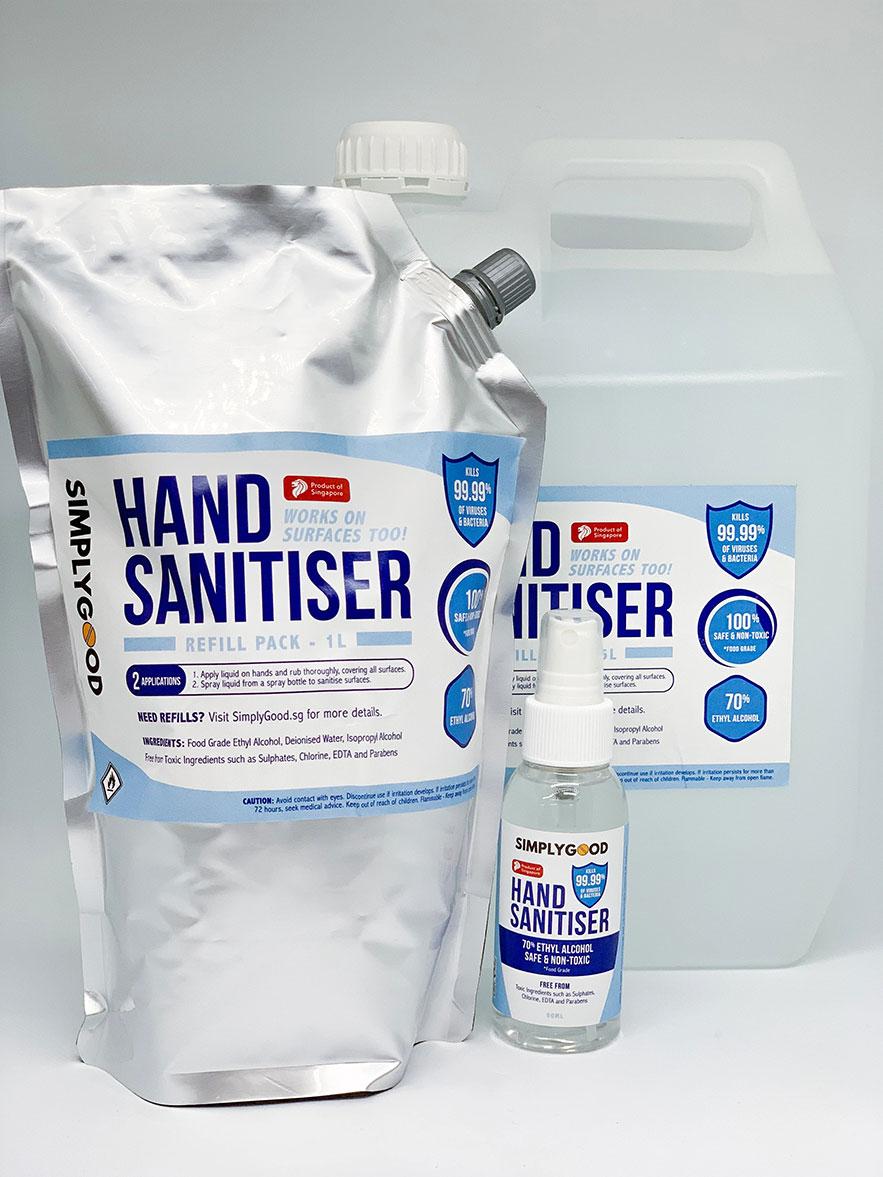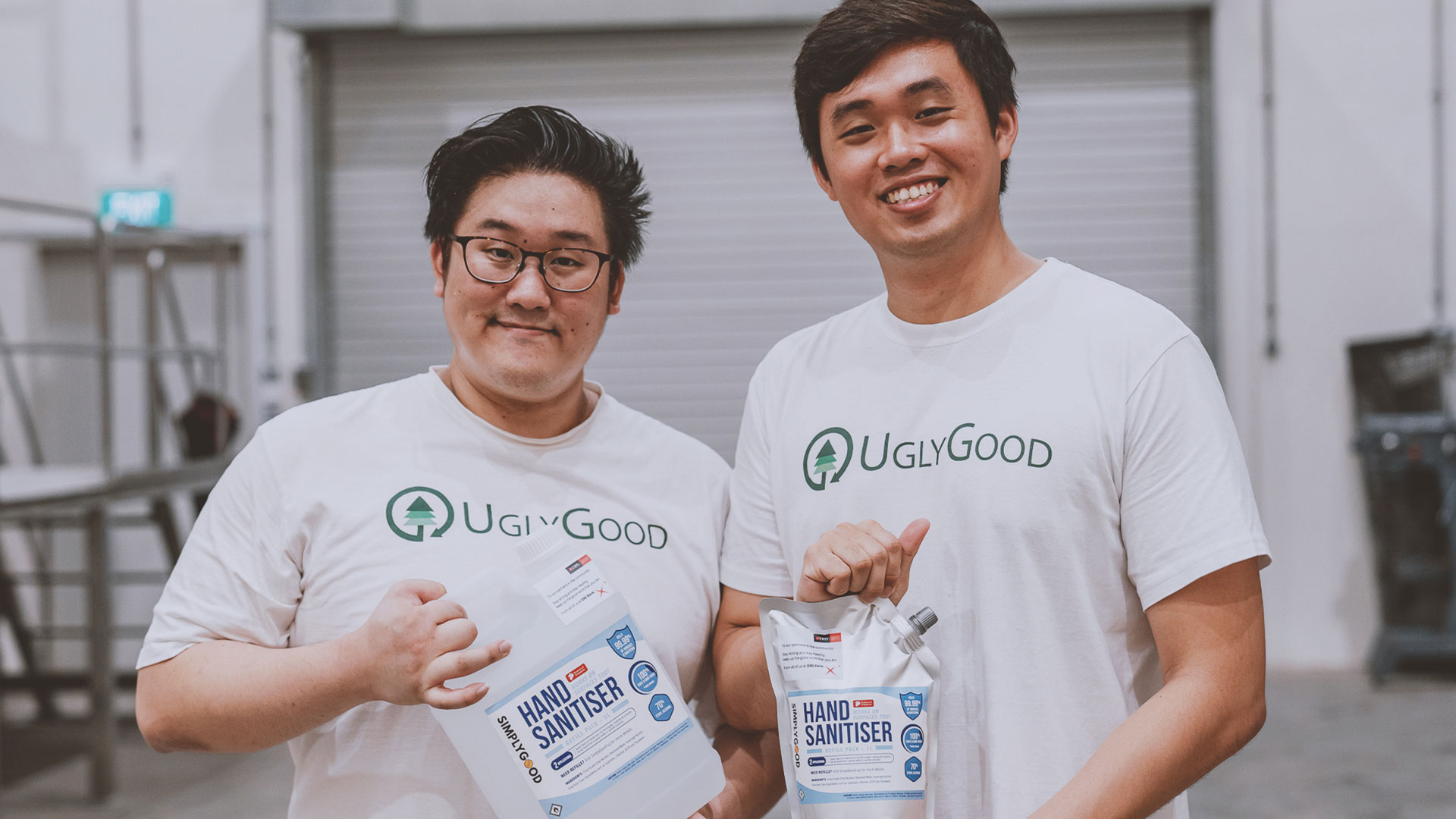Listen to this story
00:00
00:00
With the COVID-19 situation on-going, it’s important we continue to keep safe by practicing good hygiene. One simple precautionary measure: using hand sanitisers when out and about.
What should you look out for when buying hand sanitisers? Here’s a quick guide.
1. Check out the ingredient list. Avoid toxic ingredients and unknown substances
Ingredients such as Sulphates, Chorine, EDTA & Parabens are widely known in the skin care industry to be harmful for the human body. Prolonged usage can cause irritation and a host of long-term health problems, which is why you need to read the label when selecting your hand sanitisers. On the other hand, food-grade Ethyl Alcohol or food-grade Isopropyl Alcohol make excellent choices.
When in doubt, always look up questionable ingredients online or enquire with your supplier. Better yet, choose hand sanitisers with only food-grade ingredients to have a peace of mind, for those with children, elderly or pets at home.
Find out more about the difference between food grade and industrial grade sanitisers here.
2. 60% alcohol
For a hand sanitiser to be truly effective, get one with an alcohol concentration of at least 60%. Many studies have shown how sanitisers with an alcohol concentration between 60-95% are much more effective at killing viruses and bacteria than those with lower alcohol concentration or are non-alcohol based1. Even the type of alcohol plays a difference, as Isopropyl Alcohol (“Rubbing Alcohol”) is more commonly known as an industrial alcohol, whereas Ethyl Alcohol (Ethanol) is widely consumed in the beverages industry and regarded as safer.
3. Traceability and legitimacy
We cannot stress this enough. Knowing where your hand sanitisers come from and its ingredient source is extremely important. With demand for hand sanitisers soaring, we worry about scalpers trying to pull a fast one on ignorant buyers.
Hand sanitisers with unknown labels may be produced using dubious ingredients or made in facilities that do not adhere to proper procedures and standards.
It’s better to be safe than sorry. Therefore, always look out for products with a Safety Data Sheet (SDS) and ensure that the manufacturing source of your hand sanitiser is legitimate.
SimplyGood’s hand sanitisers, for instance, are made of food-grade ingredients, with ethyl alcohol concentration of 70%, and are also free of toxic ingredients like sulphates, chlorine, EDTA & parabens.
Lastly, they are made in Singapore (in a licensed food handling facility) and compliant to local industry food standards!
Bonus: Make it sustainable – for your wallets and the planet!
Do you have existing hand sanitiser bottles lying around at home? Then you should consider purchasing hand sanitisers in larger refill packs.
With refill packs, there will be plenty to go around, so you can share them with your family and friends. On the other hand, buying new bottles each time could be more expensive and such a practice also creates unnecessary packaging waste.
Check out SimplyGood’s hand sanitisers, available in 1-litre and 5-litre refill packs here.

References
1https://www.cdc.gov/handwashing/show-me-the-science-hand-sanitizer.html
SimplyGood is the consumer brand of social enterprise UglyGood. DBS Foundation supports social enterprises through various ways, including grant funding and capacity building, so as to help bring about positive social and environmental impact in the community.
